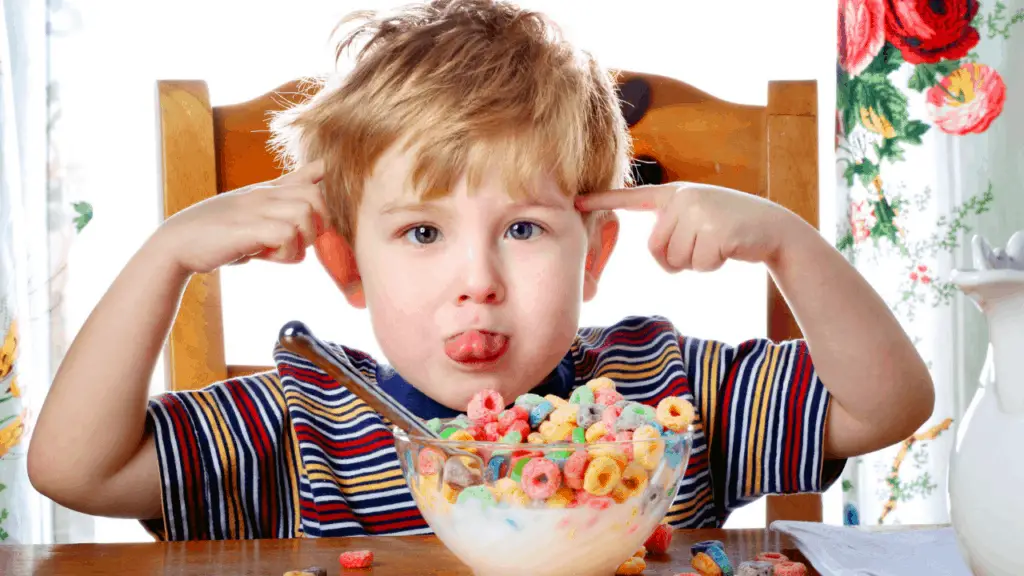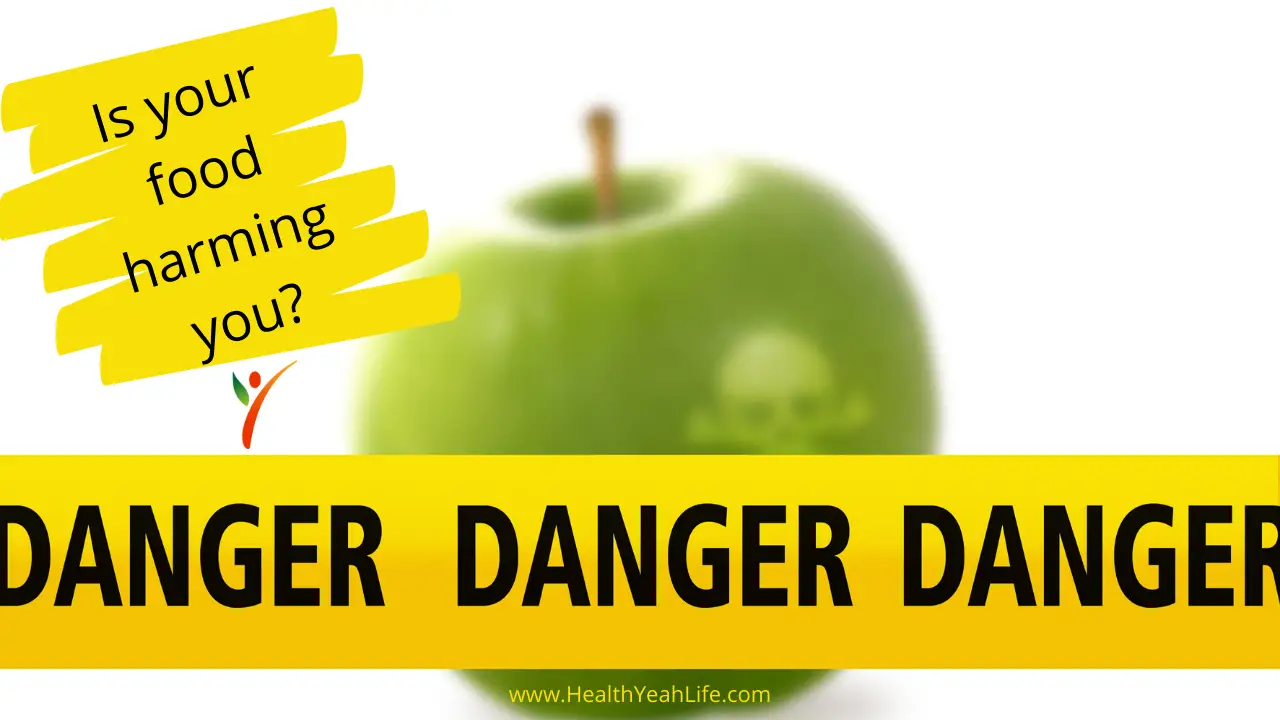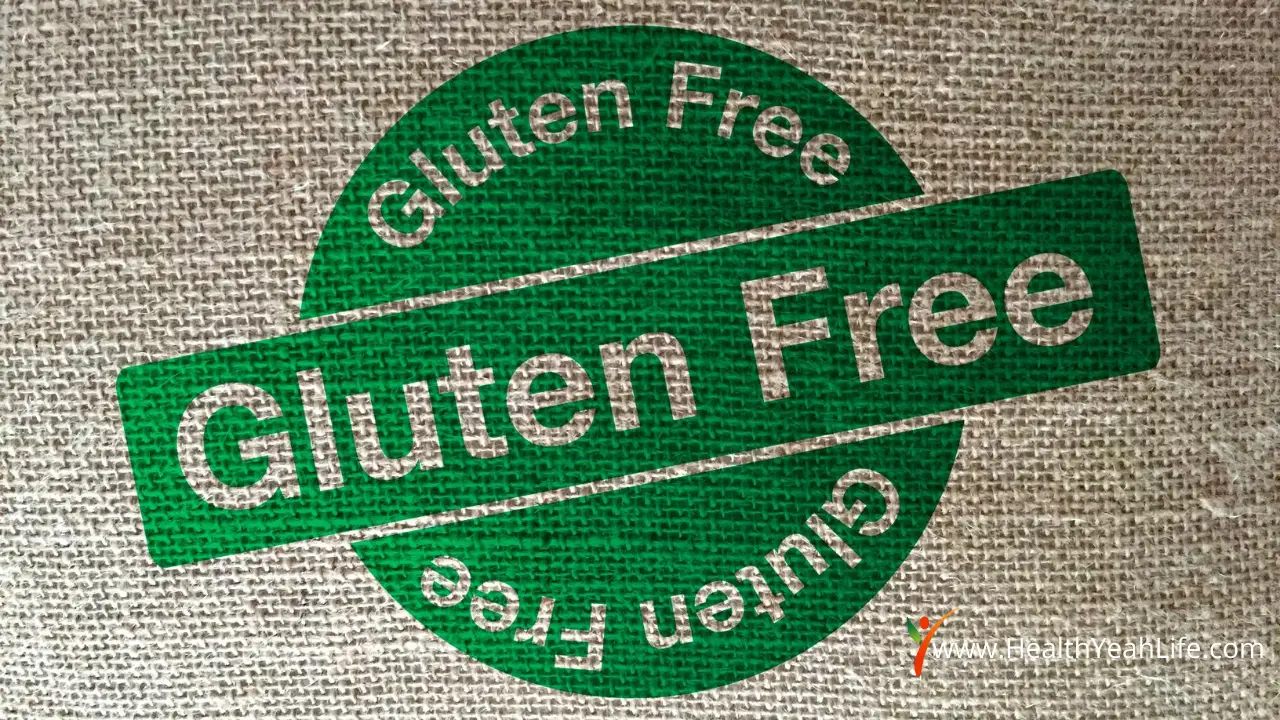Artificial food dyes have been in the spotlight for some time now. Many believe that they're increasingly harmful to the body, and studies have proved it. There's also an implication that food dyes can directly influence a person's psychological well-being among physical effects. Let's find out how.
What are Food Dyes?
A food dish may be tasty but doesn't look that appetizing. As a consequence, people won't feel inclined to try it. Therefore, the food industry has changed the appearance of some foods to make them more appealing.
Among the color additives that are commonly used, food dyes are the most noteworthy. They are most effective for colorless dishes, for recipes in which the color isn't consistent.
Many chefs also use synthetic food dyes for food items that eventually lose color due to environmental factors. Since they are brighter, cheaper, and more stable, they are used instead of natural coloring.

There are two types of color additives. If it is water-soluble, it is called a dye. If it is fat-soluble and does not dissolve in water, it is called a lake. For this reason, lakes are found in food items that have a higher proportion of fats and oils.
Food dyes have harmful effects on the body. For this reason, not all dyes are allowed to be sold and used by the FDA. It studies the composition of the food dye and checks for any possible side effects. If it is declared safe, the FDA decides how much quantity should be allowed.
That being said, dyes are still being used in food that we can purchase. It is prevalent in things like candy. If you read the ingredient label and there are dyes listed, put it back on the shelf.
Common Sources of Food Dyes
After their discovery and introduction, food dyes gained immense popularity. But now, medical experts and doctors are of the view that food dyes are not healthy. So, it is better to avoid them, and ultimately their food source. Many foods are portrayed and marketed as healthy or natural but are a source of synthetic food dyes. Here's a list of food items that are most likely the reason for your dietary intake of food dyes:
● Instant-flavored oatmeal: There are no food additives in a bowl of natural oatmeal. But many food companies use food dyes to make their customers like their product even more. For instance, Quaker adds caramel coloring to their high-fiber oats.
● Salad dressings: Many companies make their salad dressings more appealing by adding artificial food colors. Various Asian, Italian, and balsamic dressings have their characteristic appearance due to artificial caramel coloring. And berry and Catalina dressings contain different food dyes to make them have vibrant colors.

● Microwave popcorn: If you wish to skip food dyes, you'll have to give up on Orville Redenbacher's and Act II's popcorn. To make some of their popcorn have a buttered appearance, these companies use a food coloring called annatto.
Explaining the Term ‘Behavior'
Behavior is a branch of psychology that studies how a person acts and the possible reasons behind it. The actions could be towards another person, animal, object, or situation. Additionally, behavior includes verbal and physical measures.
The brain doesn't only control a person's behavior. Various other factors directly influence it. These include the environment we live in, the people we spend our time with, and even our diet.

Having a full belly helps boost one's mood and induces a sense of happiness and contentment in most individuals. While, on the other hand, an empty stomach leads to anxiety and depression and has a negative influence on mood.
Eating anything that your body can't tolerate, or is allergic to, can also lead to behavioral issues. For instance, an undiagnosed celiac patient is greatly affected due to a continuous intake of gluten.
Food Dyes and Behavioral Problems
Extensive researches and numerous studies are being conducted to check the danger of food dyes. We just established the relationship of diet with behavior and mental health. Now we'll discuss whether food dyes can cause behavioral problems.
Studies have shown that food dyes can directly cause mental health disorders and hyperactivity. Food dyes and food coloring can also affect behavior and trigger patients suffering from various mental health disorders.
Food Dyes and Hyperactivity
A pediatric allergist predicted as early as 1973 that food dyes are a cause of hyperactivity in children. Although there wasn't much evidence to support his theory at that time, it was later proven that he was right. In 2004, over 15 studies were analyzed to link the increased hyperactive behavior of children with additives and food dyes.

In 2007, UK's Food Standards Agency conducted a study involving 300 children to see if dyes can cause hyperactivity. The children were divided into groups of 3-year olds, 8-year olds, and 9-year olds. All the children showed hyperactive behavior when given a drink containing carmoisine, tartrazine, sunset yellow, and ponceau 4R.
Food Dyes and ADHD
Two more studies, both in the UK, followed suit. The evidence of both suggested that the food dyes negatively influenced the behavior of children diagnosed with ADHD. After these studies, the European Union notified the brands and companies to avoid using artificial food colors. If they still wanted to add any dye to their products, they'd have to add a warning label. These food dyes and colorings got the name AFCs or artificial food colorings.
But the FDA that governs the United States has not adopted the same stance. They've banned the food dyes responsible for significant issues such as cancer but haven't done the same for the AFCs.

For this reason, almost 500,000 American children with ADHD have their symptoms triggered because of AFCs. In an experiment, 78 percent of the children involved in the study found relief to their symptoms after skipping AFCs. AFCs are also known to affect the behavior of some children that aren't diagnosed with ADHD.
Other Behavioral Problems
Many parents complain that their children lose control of their emotions due to exposure to food dyes. Many children started bursting into tears even at the slightest of provocations, which wasn't a part of their behavior. Others became lethargic or passive. Irritability and depression are also common among those who frequently eat food dyes.
Red 40 increases aggression and impulsive behavior in children, where children have more frequent tantrums. Upon elimination of this dye from the diet, these behavioral problems also disappeared. Yellow 5 is associated with insomnia, which can cause further behavioral issues.
Based on this evidence, food dyes can cause behavioral problems.
Other Side Effects of Food Dyes
It would've been a blessing had food dyes only been a cause of behavioral problems. Many food dyes have adverse effects on physical health and well-being. Following are some of the other side effects of food dyes.
Cancer:
Some food dyes are potential carcinogens, or in other words, the substances which cause cancer. Red 40, a very famous food dye, is a cancer-causing agent in many animals. Yellow 5, Yellow 6, and also Red 40 are sources of various carcinogens such as benzidine.
Allergic Reactions:
Food dyes can be the hidden reason you're suffering from allergic reactions, especially hives and asthma. The primary food dyes responsible for these allergic reactions are Red 4, tartrazine, and annatto. Red 4, or carmine, gives food items a characteristic red color. People with beef allergies have a high chance they're allergic to Red 4.
Tartrazine is also very widely used and is the cause of most allergic reactions, including hives and asthma. Many cases of stomach cramps and skin lesions are also reported because of an allergic reaction to tartrazine.

The allergic reaction to annatto is similar to that of Red 4. As compared to tartrazine, the severity of the allergic reaction due to annatto is relatively mild. But those allergic to annatto are primarily susceptible to peanut allergies.
Hampered immune system function:
Some food dyes attach to proteins and make it difficult for the immune system to deal with them. In this way, they hamper the normal functioning of the immune system.
Other Foods that Cause Behavioral Problems
Like food dyes, other dietary items can affect mood and cause behavioral problems, especially in children. If any of these food items is triggering you or your child's symptoms, here's your cue to eliminate them from your diet.
Dairy: Children who are allergic to dairy, or are lactose intolerant, have an adverse reaction whenever they eat dairy. Babies who cannot tolerate dairy have colic, while older children may show signs of congestion, bloatedness, and tiredness, but those are just the physical symptoms. They might also become irritable, depressed, anxious, and unable to concentrate. Cranky mood and irritability are also observed in adults.

Sugar: Another food item that causes hyperactivity in children is sugar. According to experts, processed foods are high in sugar, leading to sleep problems, cognitive delay, and depression. Moreover, an excessive intake of sugar can lead to various mental health disorders and behavioral issues.
Gluten: According to ADDitude, gluten is another food trigger that can lead to destructive behavior in kids. Gluten is primarily found in wheat, which means most bread, cereal, and crackers contain this common ingredient. Hyperactivity and food with gluten seem to go hand in hand in children with some sensitivity to this food. Irritability and aggressiveness are other destructive behaviors that gluten can trigger.
Final Thoughts
Food dyes indeed are harmful to anyone's physical and psychological health. It's unnecessary to add food dyes to your meals, and wherever possible, you should avoid them to all extents. Or, maybe try natural food dyes that can add a pop of color to your food without taking a toll on your health.
Stay away from processed foods, as the manufacturers add dyes to some of their products.
Continue to read ingredient labels to know what is in the food you eat and feed your family.






